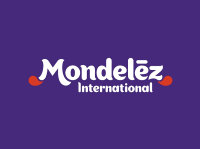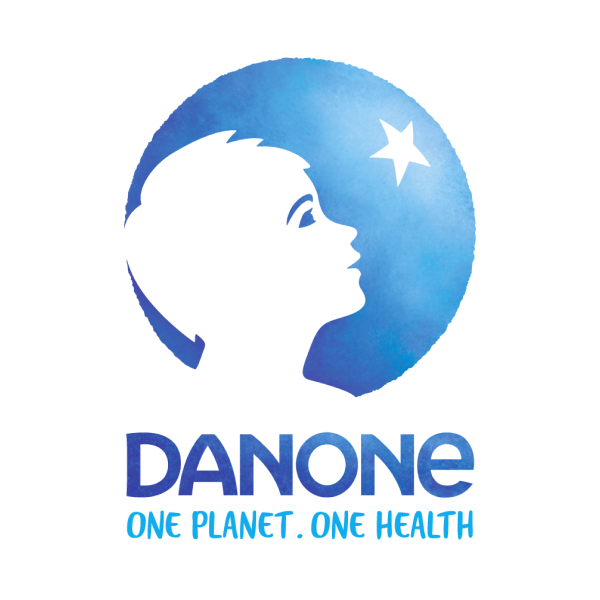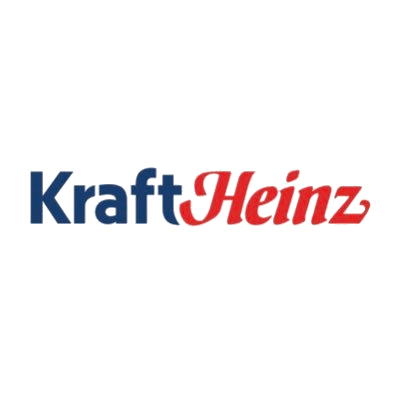
Triputra Agro Persada Tbk PT
IDX:TAPG

Profitability Summary
Triputra Agro Persada Tbk PT's profitability score is 66/100. We take all the information about a company's profitability (such as its margins, capital efficiency, free cash flow generating ability, and more) and consolidate it into one single number - the profitability score. The higher the profitability score, the more profitable the company is.

Score
We take all the information about a company's profitability (such as its margins, capital efficiency, free cash flow generating ability, and more) and consolidate it into one single number - the profitability score. The higher the profitability score, the more profitable the company is.
We take all the information about a company's profitability (such as its margins, capital efficiency, free cash flow generating ability, and more) and consolidate it into one single number - the profitability score. The higher the profitability score, the more profitable the company is.

Score

Score
Margins
Profit margins represent what percentage of sales has turned into profits. Simply put, the percentage figure indicates how many cents of profit the company has generated for each dollar of sale.
Profit margins help investors assess if a company's management is generating enough profit from its sales and whether operating costs and overhead costs are being contained.
Earnings Waterfall
Triputra Agro Persada Tbk PT

|
Revenue
|
9.7T
IDR
|
|
Cost of Revenue
|
-5.9T
IDR
|
|
Gross Profit
|
3.7T
IDR
|
|
Operating Expenses
|
-888B
IDR
|
|
Operating Income
|
2.8T
IDR
|
|
Other Expenses
|
285.5B
IDR
|
|
Net Income
|
3.1T
IDR
|
Margins Comparison
Triputra Agro Persada Tbk PT Competitors

| Country | Company | Market Cap |
Gross Margin |
Operating Margin |
Net Margin |
||
|---|---|---|---|---|---|---|---|
| ID |

|
Triputra Agro Persada Tbk PT
IDX:TAPG
|
19.3T IDR |
38%
|
29%
|
32%
|
|
| JP |
G
|
Goyo Foods Industry Co Ltd
TSE:2230
|
53.2T JPY |
34%
|
8%
|
4%
|
|
| CH |

|
Nestle SA
SIX:NESN
|
226.8B CHF |
47%
|
17%
|
12%
|
|
| US |

|
Mondelez International Inc
NASDAQ:MDLZ
|
89B USD |
39%
|
18%
|
13%
|
|
| FR |

|
Danone SA
PAR:BN
|
48.2B EUR |
50%
|
13%
|
7%
|
|
| ZA |
T
|
Tiger Brands Ltd
JSE:TBS
|
46.1B Zac |
28%
|
8%
|
8%
|
|
| US |

|
Hershey Co
NYSE:HSY
|
34.4B USD |
43%
|
21%
|
15%
|
|
| US |

|
Kraft Heinz Co
NASDAQ:KHC
|
33.9B USD |
35%
|
21%
|
10%
|
|
| CH |

|
Chocoladefabriken Lindt & Spruengli AG
SIX:LISN
|
27.6B CHF |
65%
|
17%
|
12%
|
|
| CN |

|
Foshan Haitian Flavouring and Food Co Ltd
SSE:603288
|
231.7B CNY |
37%
|
26%
|
24%
|
|
| ZA |
A
|
Avi Ltd
JSE:AVI
|
30.8B Zac |
42%
|
22%
|
15%
|
Return on Capital
Return on capital ratios give a sense of how well a company is using its capital (equity, assets, capital employed, etc.) to generate profits (operating income, net income, etc.). In simple words, these ratios show how much income is generated for each dollar of capital invested.




Return on Capital Comparison
Triputra Agro Persada Tbk PT Competitors

| Country | Company | Market Cap | ROE | ROA | ROCE | ROIC | ||
|---|---|---|---|---|---|---|---|---|
| ID |

|
Triputra Agro Persada Tbk PT
IDX:TAPG
|
19.3T IDR |
29%
|
22%
|
24%
|
19%
|
|
| JP |
G
|
Goyo Foods Industry Co Ltd
TSE:2230
|
53.2T JPY |
15%
|
4%
|
9%
|
5%
|
|
| CH |

|
Nestle SA
SIX:NESN
|
226.8B CHF |
30%
|
8%
|
17%
|
11%
|
|
| US |

|
Mondelez International Inc
NASDAQ:MDLZ
|
89B USD |
17%
|
7%
|
13%
|
9%
|
|
| FR |

|
Danone SA
PAR:BN
|
48.2B EUR |
12%
|
5%
|
11%
|
7%
|
|
| ZA |
T
|
Tiger Brands Ltd
JSE:TBS
|
46.1B Zac |
17%
|
12%
|
16%
|
13%
|
|
| US |

|
Hershey Co
NYSE:HSY
|
34.4B USD |
38%
|
13%
|
23%
|
20%
|
|
| US |

|
Kraft Heinz Co
NASDAQ:KHC
|
33.9B USD |
5%
|
3%
|
6%
|
20%
|
|
| CH |

|
Chocoladefabriken Lindt & Spruengli AG
SIX:LISN
|
27.6B CHF |
15%
|
8%
|
14%
|
10%
|
|
| CN |

|
Foshan Haitian Flavouring and Food Co Ltd
SSE:603288
|
231.7B CNY |
22%
|
17%
|
23%
|
62%
|
|
| ZA |
A
|
Avi Ltd
JSE:AVI
|
30.8B Zac |
46%
|
23%
|
55%
|
31%
|
Free Cash Flow
Free cash flow (FCF) is the money a company has left over after paying its operating expenses and capital expenditures. The more free cash flow a company has, the more it can allocate to dividends, paying down debt, and growth opportunities.
If a company has a decreasing free cash flow, that is not necessarily bad if the company is investing in its growth.



















































 You don't have any saved screeners yet
You don't have any saved screeners yet
